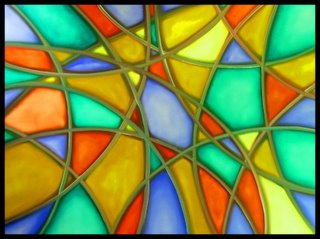This is the first half of the introduction to the forthcoming Dialogue and Alliance. I left out the article summaries that naturally fill out an issue introduction.
Dialogue and Alliance 19-1

Introduction
The past 50 years or so can be described as the modern period of interreligious dialogue. During this time, interfaith activity matured into a world of ever-greater complexity and sophistication. Distinct aspects and elements of interfaith embedded and nascent in undifferentiated forms in earlier efforts became distinct.
The other shocking, indeed horrifying thing to note about this same time period of interfaith maturation is that this development coincides with our descent into the single worst state of interreligious relations in human history.
If we are honest we will acknowledge that we teeter on the brink of global nuclear holocaust on matters pertaining unequivocally to interreligious and conflict. Shiite Iran simultaneously supports martyrdom schools (a purely religious concept) and races down the path to develop nuclear weapons capabilities. Neo-Christian United States (already a nuclear power) similarly trains volunteers to be willing sacrifices to expand US culture and values, and finally Israel is a known nuclear power.
Leaving Muslim Pakistan, and Hindu India aside (both of which are nuclear powers), this is the current state of interreligious relations after 50 or 60 years of the most rapid, highly funded advance of interreligious activities, institutions, and consciousness in human history.
Why is this juxtaposition not more widely considered, especially among the bumper crop of interfaith organizations blossoming forth by the dozens and hundreds?
I do not exempt my own organizations and institutions in expressing concern over why the ever maturing and expanding interfaith movement has carried on its work under the shadow of such unthinkable and apocalyptic developments?
Dr.Moon, founder of organizations associated with this journal repeatedly called for the establishment of an enlightened body of religious leaders, leaders who transcend historical parochialism, leaders who laboring an environment of committed and unmitigated collaboration with each other first, and then with one accord with leaders of secular institutions (including governments). There is a good record of the many occasions in which this call was made publicly, beginning with his August 25, 2000 speech in the United Nations.
The interreligious dread that surrounds us today is directly related to insufficient efforts to implement these inspired insights. No organization with a keen and devoted interreligious mission in their brief should imagine themselves to be without responsibility for the current state of global affairs.
It is thus with a heart of repentance and renewed dedication that I move on now to introduce this valuable collection of articles and essays.
This issue of Dialogue and Alliance is an excellent guidebook to what interreligious dialogue has become, how is has diversified and become evermore complex in it threads and manifestations. The once undifferentiated fledging world of interfaith now flows through threads and streams that have taken on trajectories of their own.
Frank Kaufmann
No comments:
Post a Comment